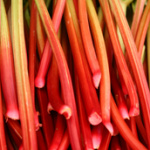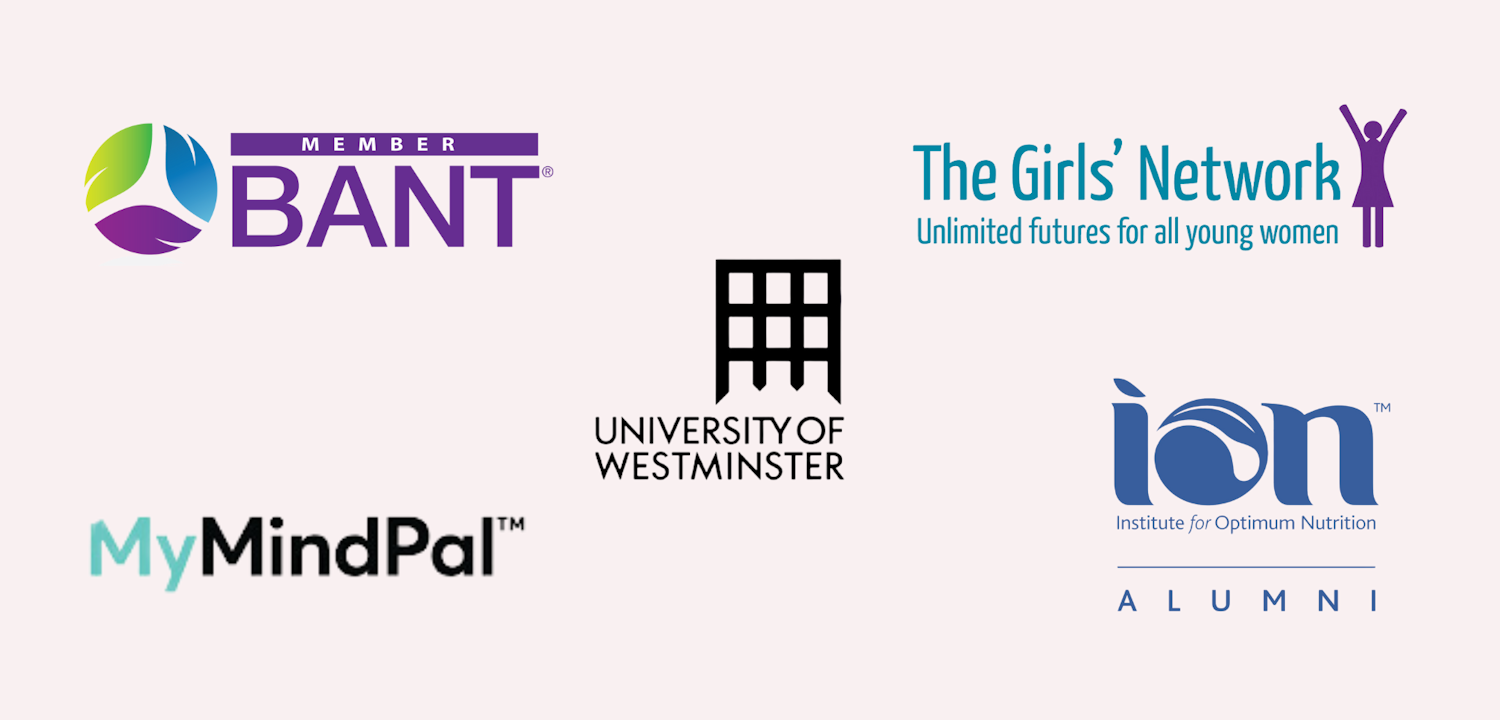November newsletter – The Pros and Cons of the FODmap Diet.
Comments Off on November newsletter – The Pros and Cons of the FODmap Diet. WELCOME TO MY NOVEMBER NEWSLETTER
WELCOME TO MY NOVEMBER NEWSLETTERFollowing on from last months SIBO newsletter, this month will look at the pros and cons of the low FODMAP diet, an exclusion diet specifically targeted at IBS and bowel problems. Thank you so much for all your feedback regarding SIBO – many of you had no idea what it was and some have subsequently had the test which proved helpful which is great news. For those of you who are suffering from bowel issues and have had no luck with probiotics, other exclusion diets and seem to be reacting to everything you eat you may find the FODMAP helpful. However it is a diet I only suggest as a last resort because it can be tricky to stick to long term but I do have a few patients doing well following it short term. As always do let me know your thoughts and if the diet has worked for you.
What is the low FODMAP diet?
FODMAP is an acronym referring to Fermentable Oligosaccharides, Disaccharides, Monosaccharides and Polyols. These are complex names for a collection of molecules found in food, that can be poorly absorbed by some people. When the molecules are poorly absorbed in the small intestine of the digestive tract, these molecules then continue along their journey along the digestive tract, arriving at the large intestine, where they act as a food source for the bacteria that live there normally. The bacteria then digest/ferment these FODMAPs and can cause symptoms of Irritable Bowel Syndrome (IBS). Symptoms of Irritable Bowel Syndrome include abdominal bloating and distension, excess wind (flatulence), abdominal pain, nausea, changes in bowel habits (diarrhoea, constipation, or a combination of both), and other gastro-intestinal symptoms.
The low FODMAP diet was originally developed in Australia by a team at Monash University in Melbourne. It has been researched for a number of years and been shown to be effective in treating IBS related symptoms. Researchers at Kings College London have successfully adapted the diet to the UK where it has been implemented at Guy’s and St Thomas’ NHS Trust in London. The diet involves restricting high FODMAP foods for at least eight weeks and replacing them with suitable low FODMAP alternatives. Following this period, FODMAPs are slowly reintroduced step by step in an attempt to understand which FODMAPs are less likely to trigger symptoms.
In a recent study 76% of patients that tried a FODMAP diet reported an improvement in symptoms. That is quite substantial and cannot be ignored. However the low FODMAP diet is quite a complex approach and so it is important that you receive good quality advice about how to follow the diet.
Where are FODMAPs found?
- Excess Fructose: Honey, Apples, Mango, Pear, Watermelon, High Fructose Corn Syrup.
- Fructans: Artichokes (Globe), Artichokes (Jerusalem), Garlic (in large amounts), Leek, Onion (brown, white, Spanish, onion powder), Spring Onion (white part), Shallots, Wheat (in large amounts), Rye (in large amounts), Barley (in large amounts).
- Fructo-oligosaccharides: Lactose: Milk, ice cream, custard, dairy desserts, condensed and evaporated milk, milk powder, yoghurt, soft unripened cheeses (eg. ricotta, cottage, cream, marscarpone).
- Galacto-Oligosaccharides (GOS): Legume beans (eg. baked beans, kidney beans, Lentils, Chickpeas
- Polyols: Apples, Apricots, Avocado, Cherries, Nectarines, Pears , Plums, Prunes, Mushrooms, Sorbitol (420), mannitol (421), xylitol (967), maltitol (965) and Isomalt (953).
The pros and cons
The interesting point about the FODMAP diet is that many of the foods eliminated are the foods that from gut instinct (excuse the pun!) my patients avoid anyway – the lactose free, dairy free, grain free diets are the most common in reducing some IBS symptoms. The idea behind FODMAP is excellent and backed up by some great science and it can be a huge help to people suffering from gut problems. However, there are some drawbacks. The diet is quite hard to stick to, especially if you are vegetarian or the foods that you don’t like are on the list of foods to eat. Also what happens when you return to normal eating – a diet is a diet no matter what – normal eating resumed – problem back whether its weight or IBS. I only suggest this as a last resort – in the last year I’ve put about 20 patients on the FODMAP diet most with good results. What needs to come before this is a thorough investigation as to the cause of the IBS in the first place. Rule out any IBDs (inflammatory bowel disease), lactose intolerance and SIBO, assess the possibility of low gut flora and ask yourself if you might have picked up a parasitic infection after recent travel. If all these are not coming up as your cause then by all means try the FODMAP diet – you will need some help to go through the diet as it can be a little complex and you will need recipes as well and a full explanation as to why these foods may cause symptoms. Below are some lists to help you but be aware that these change depending on where you research.
This is a comprehensive list of low and high FODmap foods
Common High FODMAP Foods
- Apples
- Apricots
- Cherries
- Mango
- Pears
- Nectarines
- Peaches
- Pears
- Plums and prunes
- Watermelon
- High concentration of fructose from canned fruit, dried fruit or fruit juice
- Grains
- Honey
- Milk products and soft unripened cheese
Level of FODMAPs is increased when these foods are eaten in large amounts:
- Rye
- Wheat
- Custard
- Ice cream
- Margarine
- Milk (cow, goat, sheep)
- Soft cheese, including cottage cheese and ricotta
- Yogurt
- Legumes
- Baked beans
- Chickpeas
- Lentils
- Kidney beans
- Fructose
- High fructose corn syrup
- Maltitol
- Mannitol
- Sorbitol
- Xylitol
- Artichokes
- Asparagus
- Avocado
- Beets
- Broccoli
- Brussel sprouts
- Cabbage
- Cauliflower
- Garlic
- Fennel
- Leeks
- Mushrooms
- Okra
- Onions
- Peas
- Radiccio lettuce
- Shallots
- Sugar snap peas
- Snow peas
Common Low FODMAP Foods
- Banana
- Blueberry
- Grapefruit
- Grapes
- Honeydew melon
- Kiwi
- Lemon
- Lime
- Mandarine oranges
- Orange
- Raspberry
- Strawberry
- Artificial sweeteners that do not end in -ol
- Glucose
- Sugar (sucrose)
- Butter
- Hard cheese, brie and camembert
- Lactose-free products, such as lactose-free ice cream and yogurt
- Gelato
- Rice milk
- Sorbet
- Bell peppers
- Bok choy
- Carrots
- Celery
- Corn
- Aubergine
- Green beans
- Lettuce
- Parsnip
- Sweet potato
- Tomato
- Oats
- Gluten-free products
- Spelt products




 I am offering from 1st to 31st December a full consultation for £55 (normal price £75) – this will be an hour and an half – if you want to know more please call 01323 737814.
I am offering from 1st to 31st December a full consultation for £55 (normal price £75) – this will be an hour and an half – if you want to know more please call 01323 737814.
